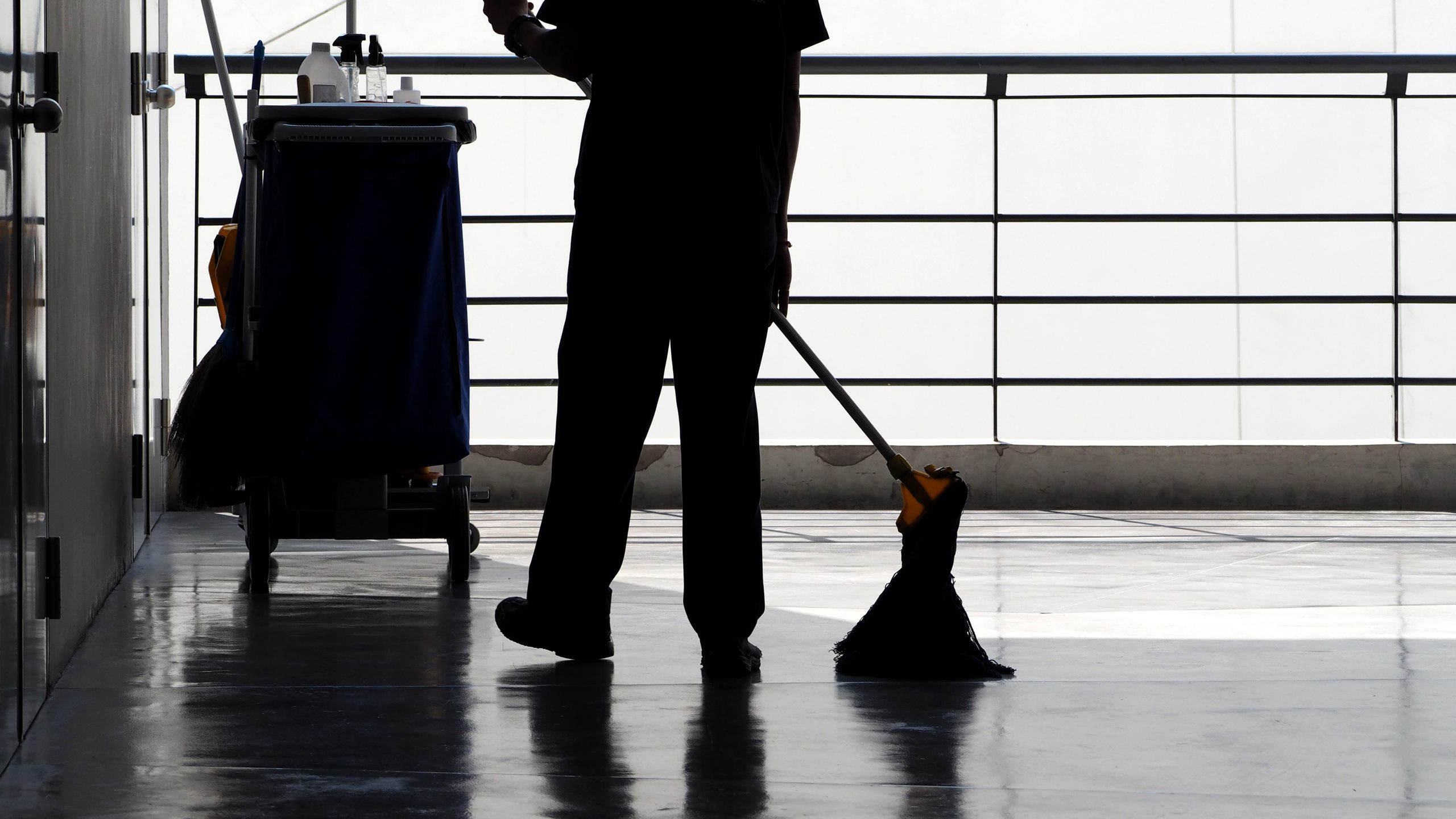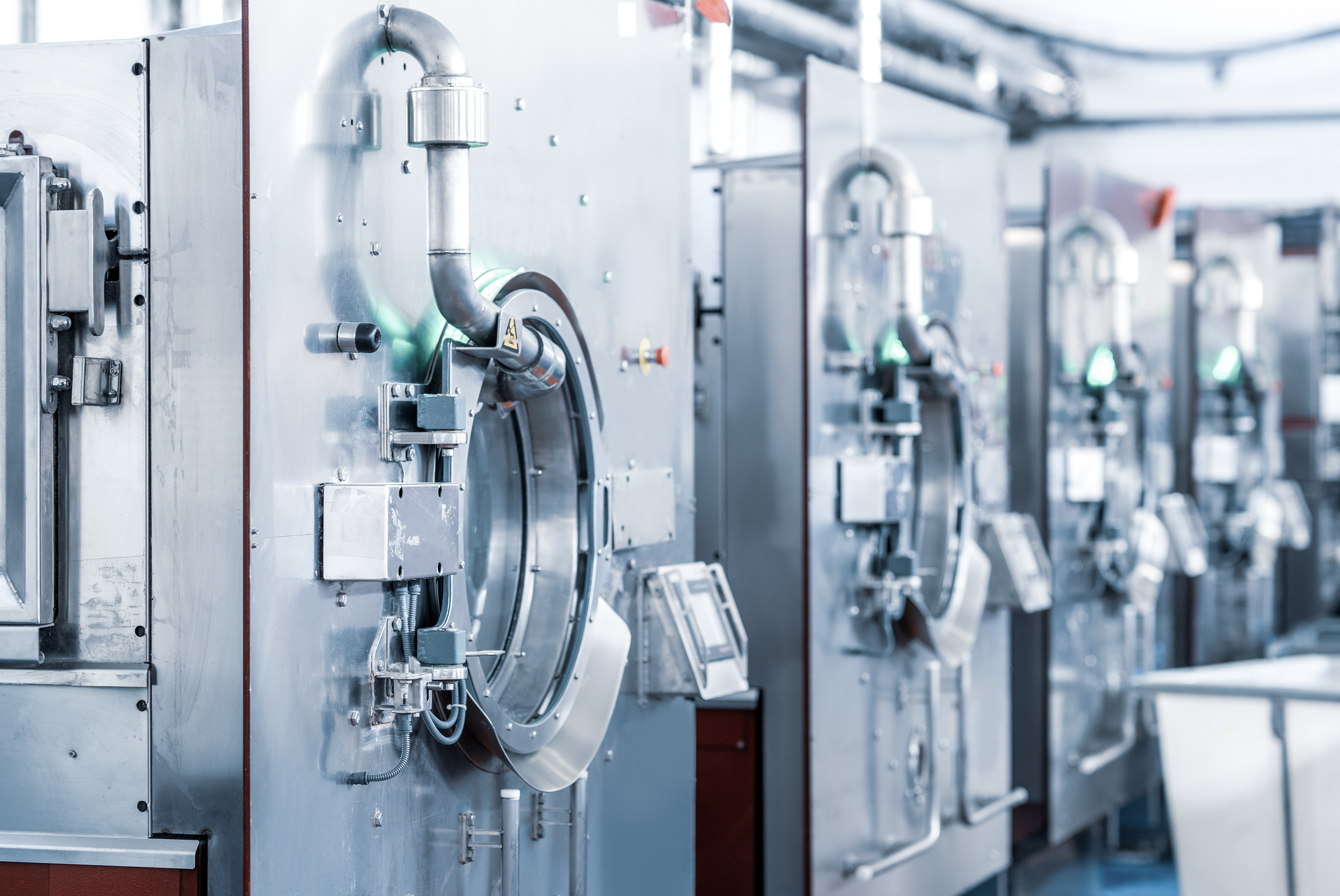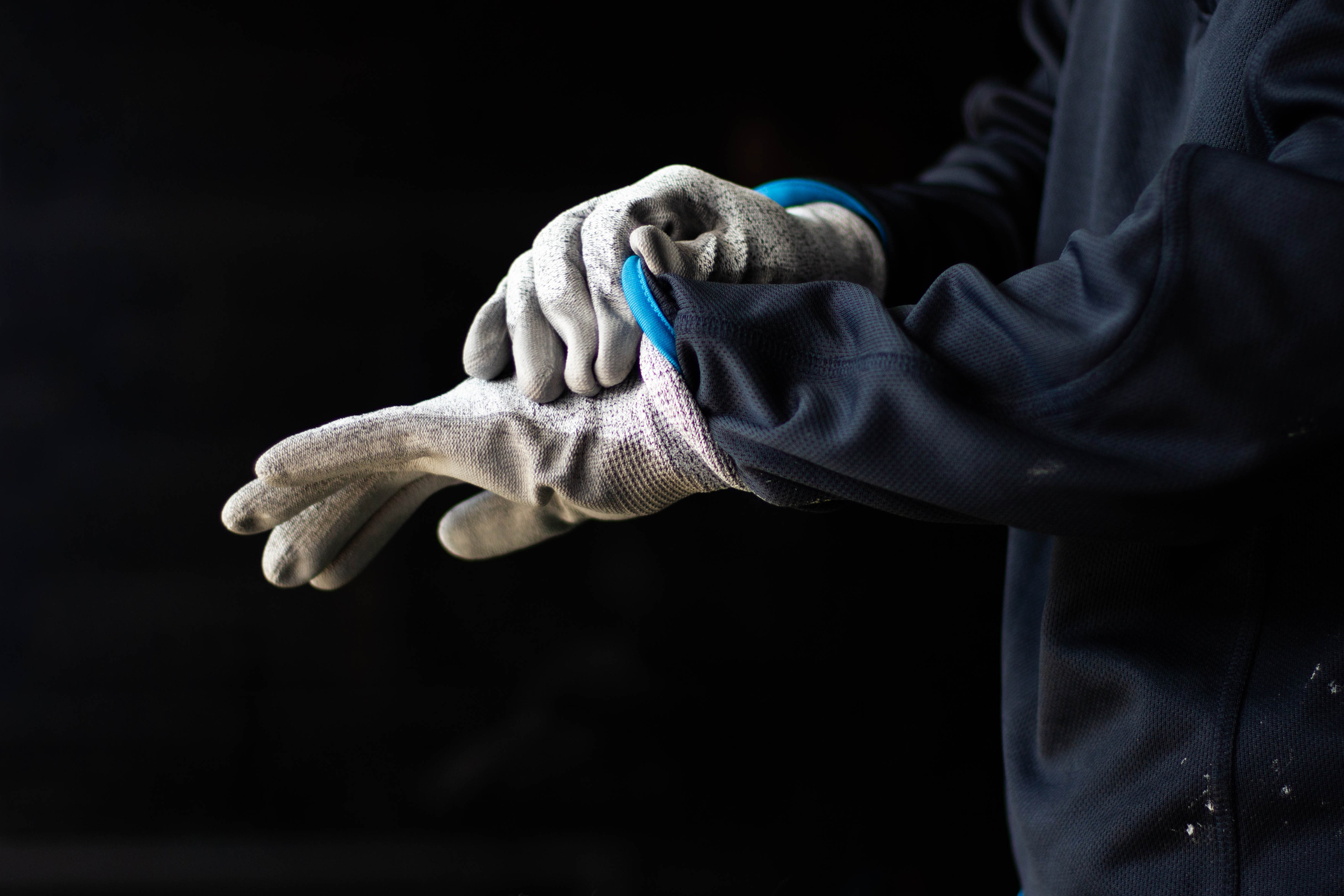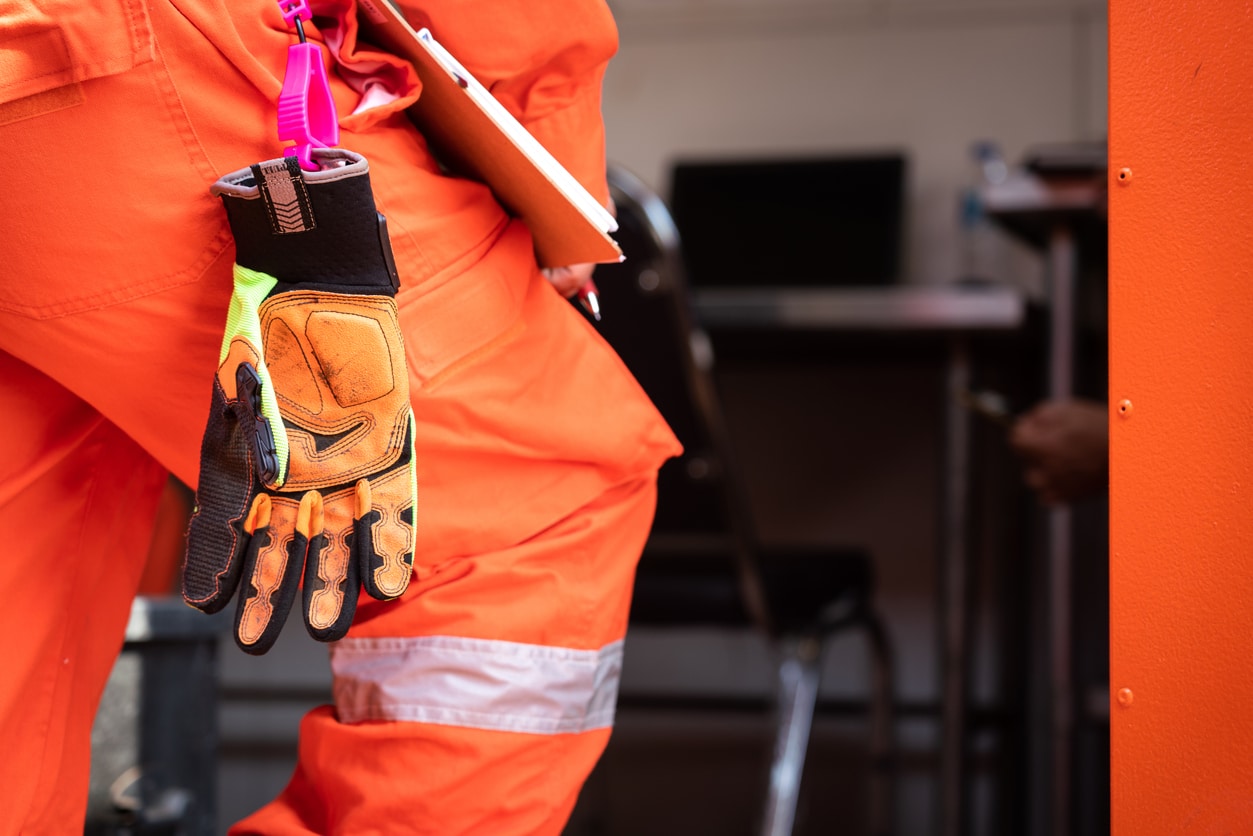Managing industrial PPE can be complex and costly, particularly if your organization uses a wide…

How to Clean Mop Heads in Industrial Settings: Best Practice Guide
Maintaining a clean floor in industrial settings goes beyond regular mopping. Commercial mop fibers collect dirt, bacteria, and contaminants. Without proper cleaning, your efforts could actually make things worse by spreading grime instead of removing it. In this guide, we’ll discuss the best ways to wash, dry, and store cleaning equipment. This will help you make them last longer and keep your workspace clean and safe.
At Bates Enterprises, we know how critical proper mop maintenance is for industrial hygiene and efficiency. In this guide, we’ll cover the best methods for washing, drying, and storing commercial cleaning equipment, helping you prolong their lifespan and keep your workspace clean and safe.
Why Proper Mop Cleaning Is Essential
Industrial floors accumulate everything from dust and dirt to chemical residues and grease. Using a dirty wet mop defeats the purpose because it simply redistributes contaminants instead of removing them. Damp mop pads can quickly become breeding grounds for bacteria and mold, creating odors and potential health hazards.
The Role of Clean Mop Heads in Industrial Settings
Properly maintained cleaning tools help you achieve:
- Effective removal of dirt and bacteria, rather than spreading them
- Compliance with hygiene regulations, crucial in food processing and manufacturing
- Longer-lasting flooring by reducing dirt buildup and chemical damage
Common Problems Caused by Dirty Mop Heads
Neglecting regular cleaning can cause several problems. Take a look:
- Bacterial Growth & Mold – Damp or improperly cleaned mops foster bacteria, creating health risks.
- Unpleasant Odors – Dirt and bacteria buildup causes lingering musty smells.
- Reduced Cleaning Efficiency – Dirty fibers won’t absorb liquid effectively, leaving floors soiled even after mopping.
- Cross-Contamination – Poorly cleaned equipment can spread bacteria and contaminants between work areas, risking compliance with sanitation standards.
Best Practices for Cleaning Commercial Mop Heads
Pre-Cleaning Steps
Before washing, always remove loose dirt by rinsing mop pads and fibers with warm water. This step prevents grime from embedding deeper during the wash. Sort cleaning equipment by material type, such as microfiber, cotton, or blended fibers, since each requires different washing methods.
Check the manufacturer’s instructions before cleaning. Some mop materials handle high-temperature washes for disinfection, while others need cooler water to maintain fiber integrity Skipping pre-cleaning leads to dirt buildup, reducing overall cleaning effectiveness.
Washing Techniques for Different Mop Types
Different mop materials need specific washing methods to preserve their effectiveness. Machine-washable mop pads usually require mild detergent and hot water to eliminate bacteria thoroughly. An extra rinse cycle helps clear any detergent residue.
For mops that aren’t machine-washable, soaking them in hot water with a disinfectant solution or white vinegar is best. White vinegar naturally removes embedded dirt and kills bacteria. Occasionally, scrubbing fibers by hand may be needed for stubborn grime.
Using the wrong cleaning methods or harsh chemicals can damage mop fibers, leading to premature wear. Always follow recommended washing practices to extend the tool’s lifespan.
To guarantee that your equipment is properly handled every time, trust an industrial laundry service like Bates Enterprises!
Drying and Storing Your Cleaning Equipment
Drying is vital to prevent mold and bacterial growth. Air drying is ideal, allowing mop fibers to dry naturally and preventing heat damage from dryers. High temperatures can degrade fibers, shortening their usable life.
Proper storage is equally important. Store your cleaning tools in a well-ventilated area where they can fully dry before the next use. Storing damp equipment in closed containers or buckets causes mildew and unpleasant odors.
In industrial settings, keep storage areas dry and regularly inspect cleaning equipment for wear and tear. Replace tools that show significant damage or reduced performance.
How Often Should Industrial Mop Heads Be Cleaned?
Daily vs. Weekly Cleaning
Cleaning tools should be washed after every use to control bacteria. However, deep-cleaning frequency depends on use intensity and the environment. High-traffic or sensitive areas like hospitals and food service require daily deep cleaning. Facilities with lighter use might only need weekly thorough cleaning.
Workplaces that deal with hazardous substances or chemical spills may require more rigorous cleaning protocols to prevent contamination. Monitoring mop performance is also essential—if a mop begins to leave streaks or loses absorbency, it may need to be replaced rather than cleaned.
When to Replace a Mop Head
Even with careful maintenance, cleaning tools wear out over time. When fibers become frayed or lose their shape, their effectiveness significantly decreases.
Persistent odors despite regular cleaning are another indication that a mop head needs to be replaced. If bacteria have embedded deep into the fibers, the mop may continue to spread contaminants rather than remove them.
Why Choose Bates Enterprises for Professional Laundering Services?
Professional laundering services help industrial facilities maintain cleanliness standards with specialized equipment and detergents. At Bates Enterprises, we remove deep-seated dirt and bacteria, preserving your cleaning tools’ integrity. Our methods comply with industry hygiene regulations, extending equipment life and reducing replacement costs.
Our professional cleaning solutions help your business meet hygiene regulations, reducing your team’s workload on in-house equipment maintenance. We deliver consistent, high-quality results that keep commercial environments safe and sanitary.
Trust the Leading Industrial Laundry Provider in Alabama
No matter what industry or sector you operate in, you can trust us with your industrial laundry needs. Call us at 256-378-6118 or reach out online to learn more about our industrial mop head cleaning solutions and keep your workplace sanitary.



